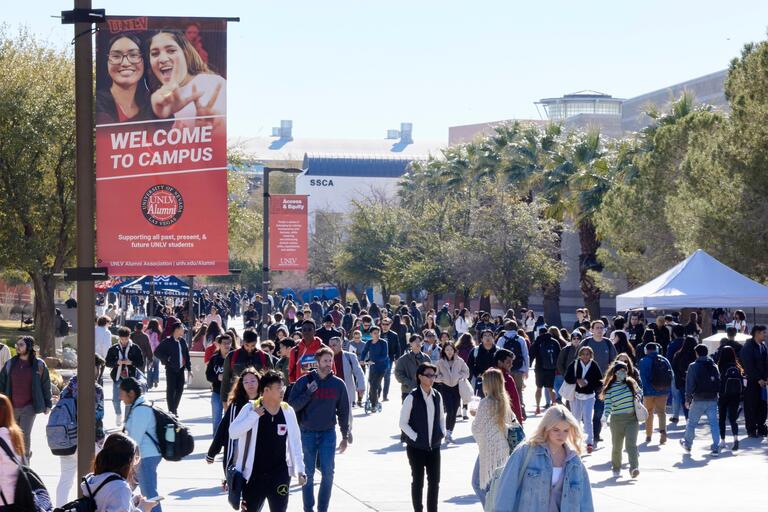Why does it matter?
Going back more than 10 years, our retention rate for first-time, full-time freshmen had been stagnant, between 73 percent and 78 percent. But we are gaining some ground among our minority and traditionally under-served student populations. This past year, we saw high retention rates of more than 80 percent for American Indian/Alaskan Native and Asian students, and near 80 percent retention rates for students identifying as two or more races, and Hispanic students. Our students’ ability to get through their first year and continue into their second year signals that they have successfully navigated the transition to college, and it is a significant mile-marker for their progression to graduation.
Where do we hope to see it go?
Our Top Tier goal is to see the retention rate reach 85 percent for all students by 2025.
What are we doing to get there?
The Office of Undergraduate Education is working across campus to bolster student support systems, including hiring more advisors to focus on first-year students. Additionally, the Office of Decision Support is providing deans and executive leadership more tools to help gauge student re-enrollment, such as dashboards that give colleges a better sense of where they are relative to their retention goals. As part of the Top Tier initiative, the university also has developed an Action Plan that provides academic and administrative leaders access to a menu of proven best practices they can employ to move the needle on student achievement.
How you can help?
UNLV has a list of Top Tier recommended practices to increase undergraduate student success.
Academic leaders can analyze unit data and determine which practices will be most useful with increasing metrics and impacting student success. The Office of Undergraduate Education is placing an emphasis on providing holistic services, maximizing opportunities to help students augment their academic experience through co-curricular activities. Colleges play an important role in keeping students engaged, and can make a significant impact by continuing “welcoming” efforts and inviting students to participate in events across departments. It is also important for colleges to stay connected and have a strong relationship with their advising center. Deans and chairs can recommend faculty development opportunities for instructors who teach first-year courses, offered through the Faculty Center and through national organizations, such as the National Resource Center for the First Year Experience and Students in Transition.


